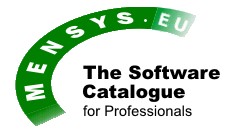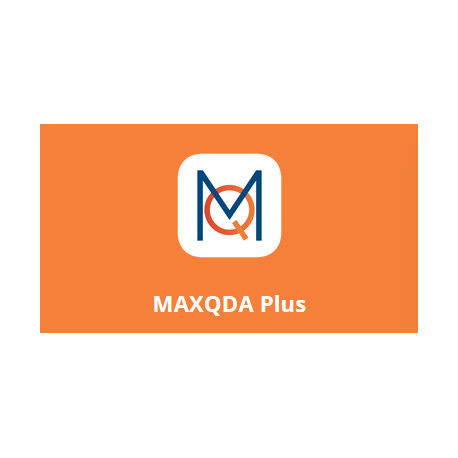MAXQDA Plus
Reference: maxqda_plus
Manufacturer: MAXQDA
KWIC, vocabulary & dictionary based analysis Desktop-based for Windows & Mac.
MAXQDA Plus adds the MAXDictio module to the advanced qualitative analysis features of MAXQDA Standard. The MAXDictio module enables researchers to facilitate a vast range of procedures for quantitative content analysis. Included are tools for visual text exploration, content analysis, vocabulary analysis, dictionary-based analysis and more.
Data sheet
| {0} |
More info
Visual Text ExplorationWhether you are analyzing a single speech or an entire bookshelf: MAXDictio in MAXQDA Plus allows you to explore the content and structure of your texts without needing to read or code a single sentence in advance. The Interactive Wordtree visualizes all the combinations that lead to or from any word of your choice, including a detailed display of frequencies. This incredibly powerful feature can provide new and fascinating perspectives even on texts you know well and allows for a comprehensive overview of those you don’t. | 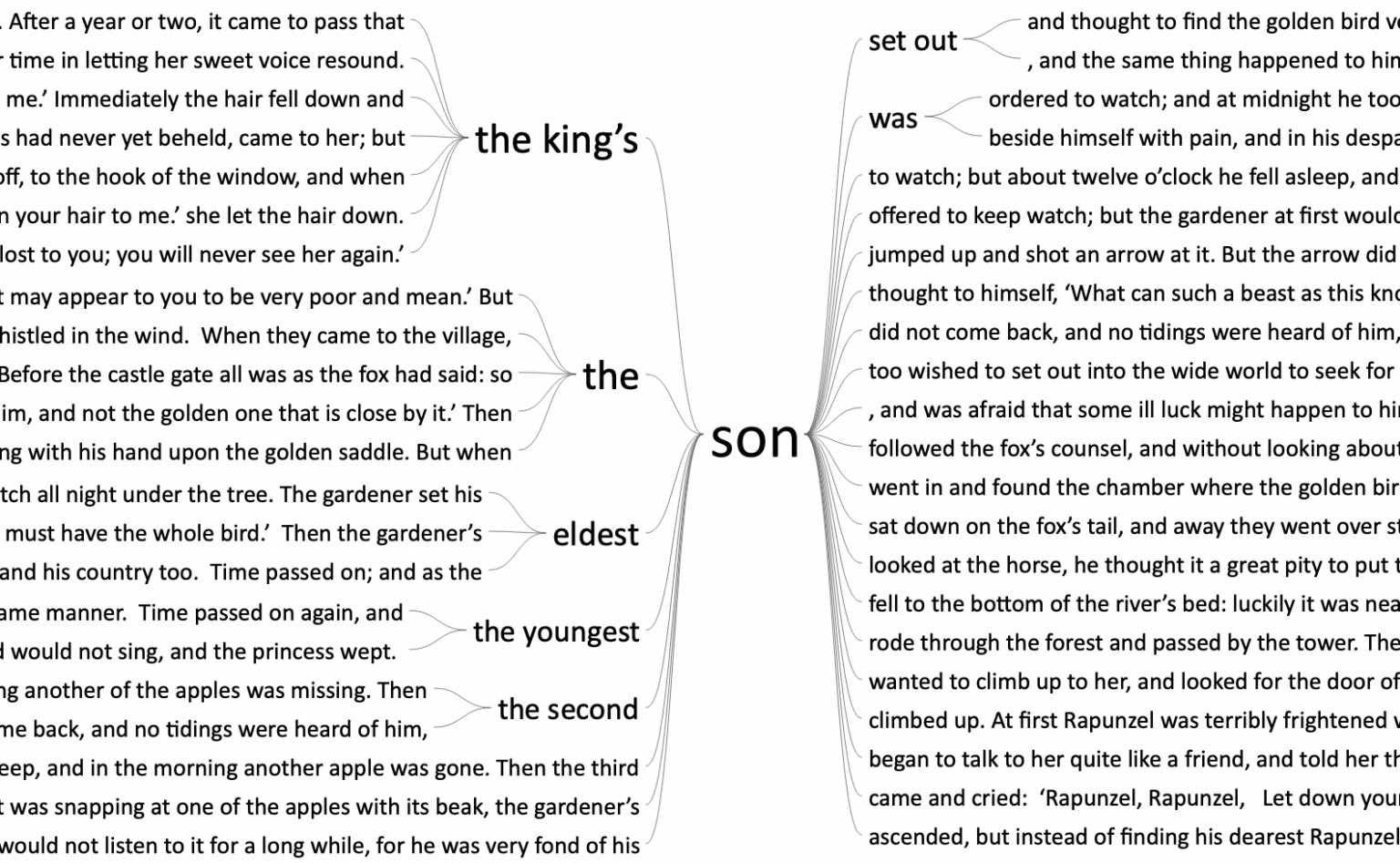 |
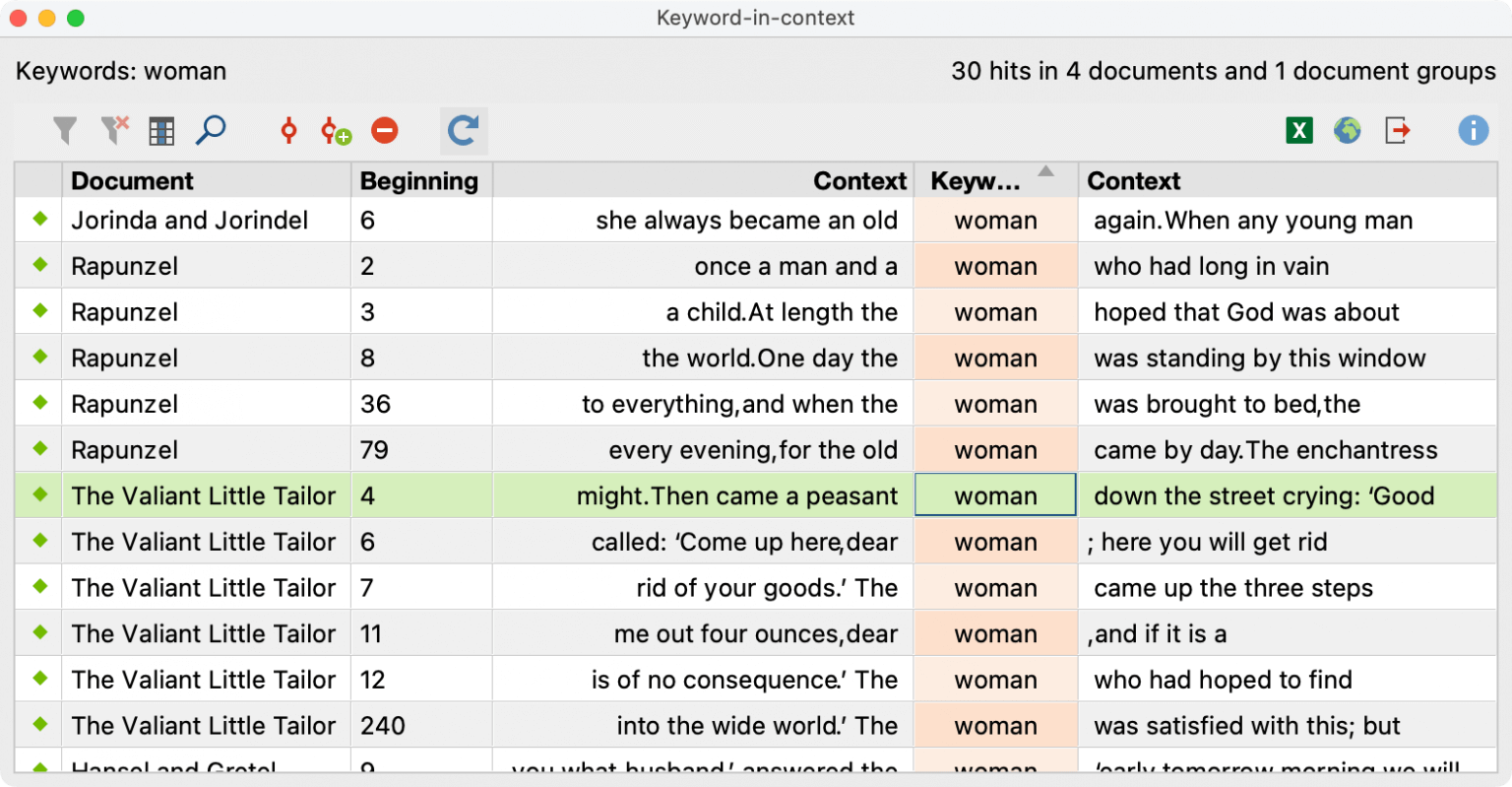 | Content Analysis: Analyze single words…Whatever your style of research or unit of analysis: MAXDictio provides the tools to suit your needs. Are you interested in the use of certain terms in your material? Use the “Keyword-in-context” feature to display all word locations and their (freely definable) context in an interactive results table. One click is all you need to jump to the original passage in your document browser. |
…or entire word combinations.Interested in the frequencies, ranks and distribution of word combinations? Filter them according to your own interests! The advanced options allow for lemmatization (summarizing words that share the same stem), the use of stop word lists, the dissection of your material in conjunction with variables or codes, and much more. | 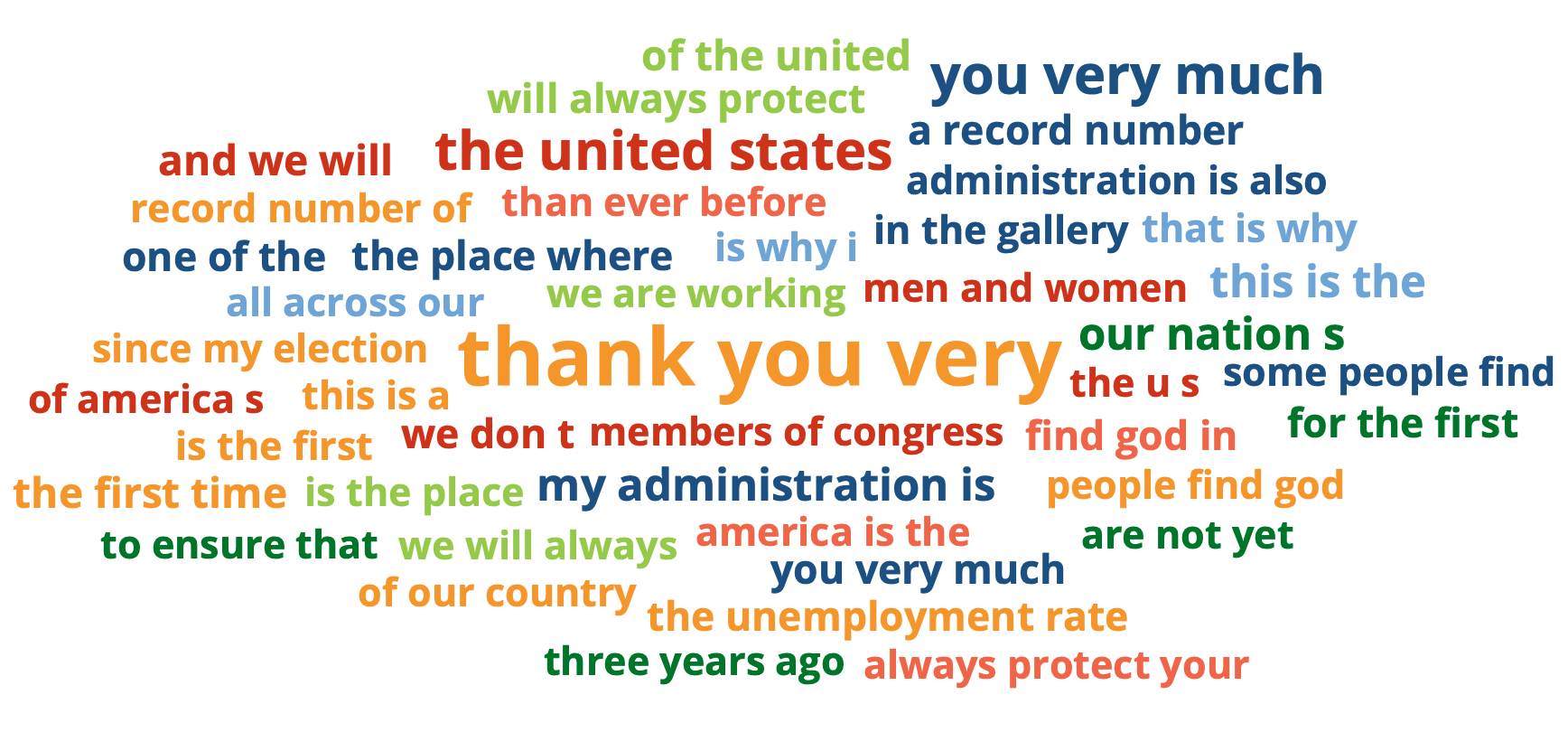 |
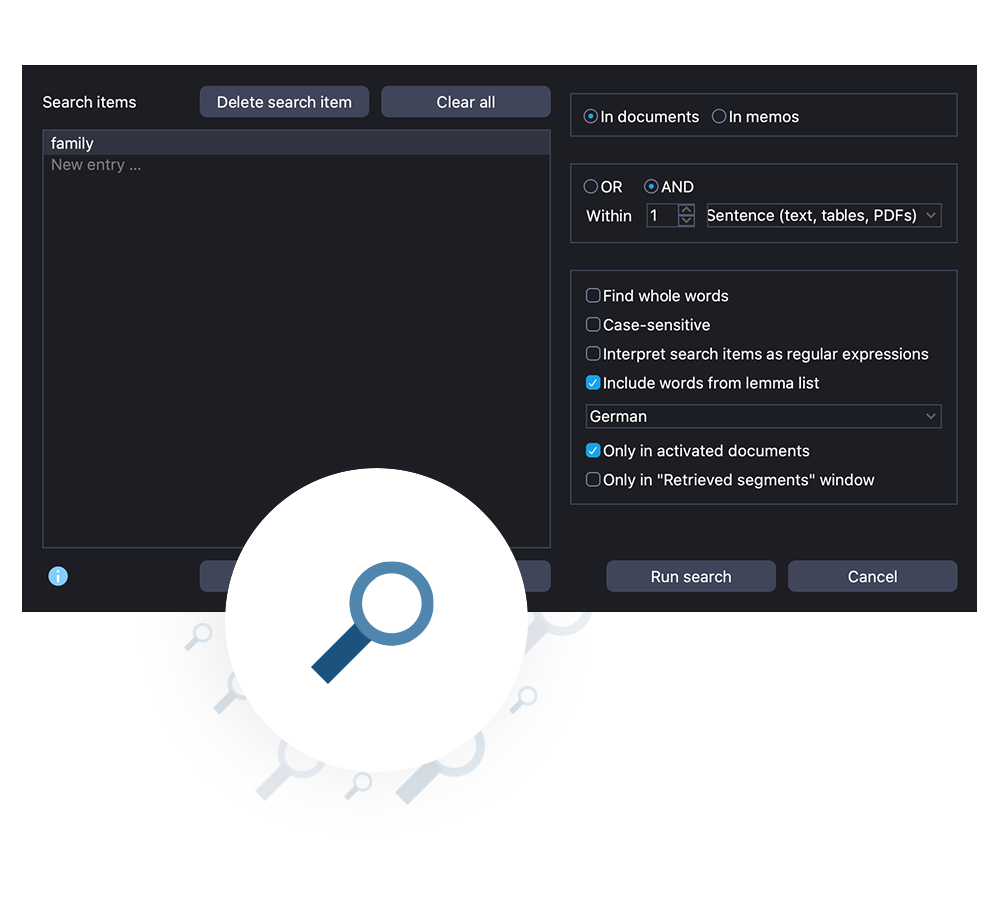 | Vocabulary AnalysisUse MAXDictio to analyze frequencies, ranks and the distribution of single words in your material. Lemmatization and the use of stop word lists and go lists is included, as well as the option to analyze your material inconjunction with variables or codes. |
Dictionary based Analysis: Define categoriesdictionary features allow you to define categories of search terms, the occurrence of which you can then measure and compare. Whether you drag-and-drop terms from a results table, type them in, import them from a file or automatically derive them from codes – you’ll have lots of opportunities to process them further. Compare frequencies, ranks and distributions of your specified search terms with each other and discover their value | 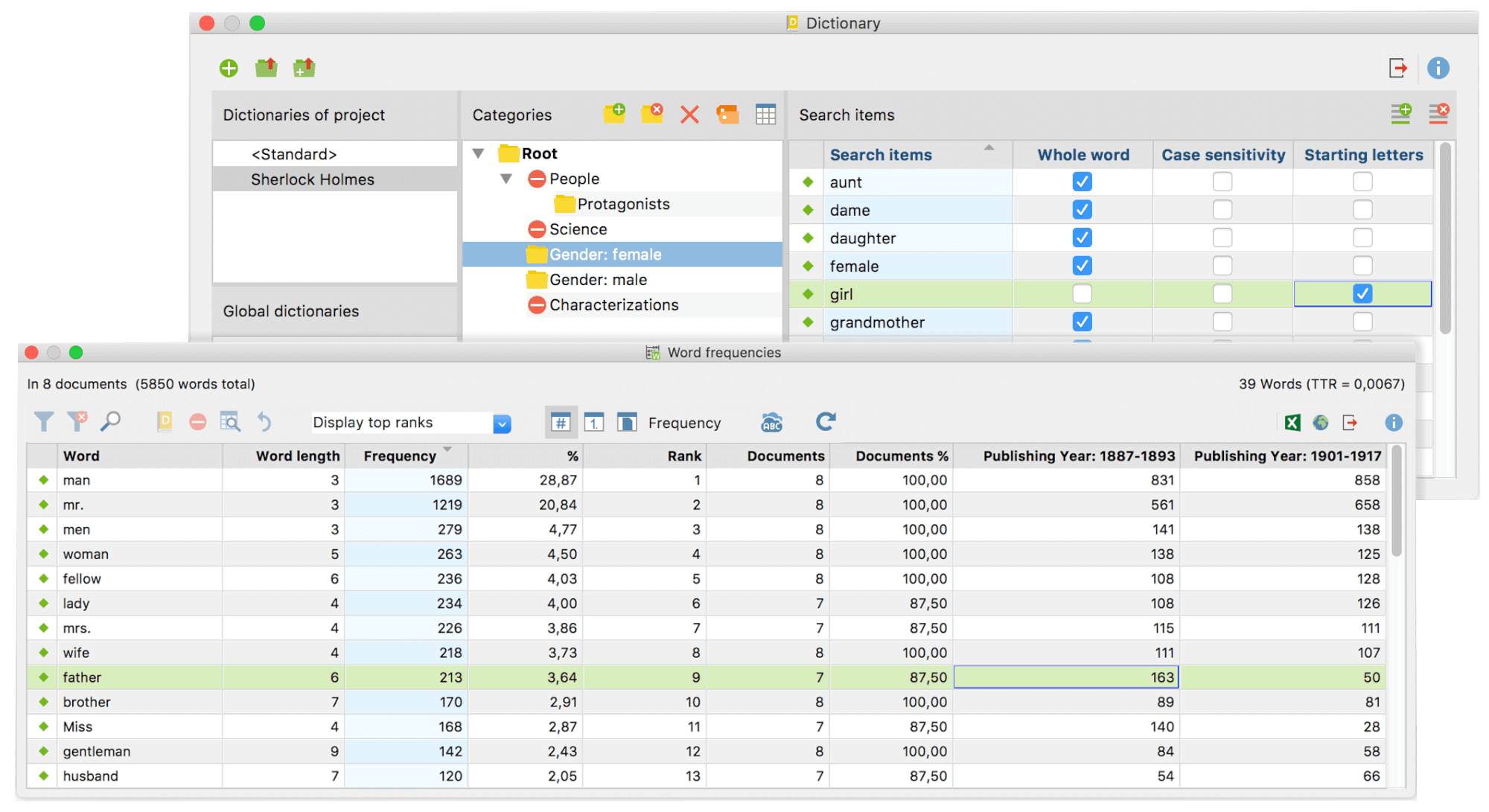 |
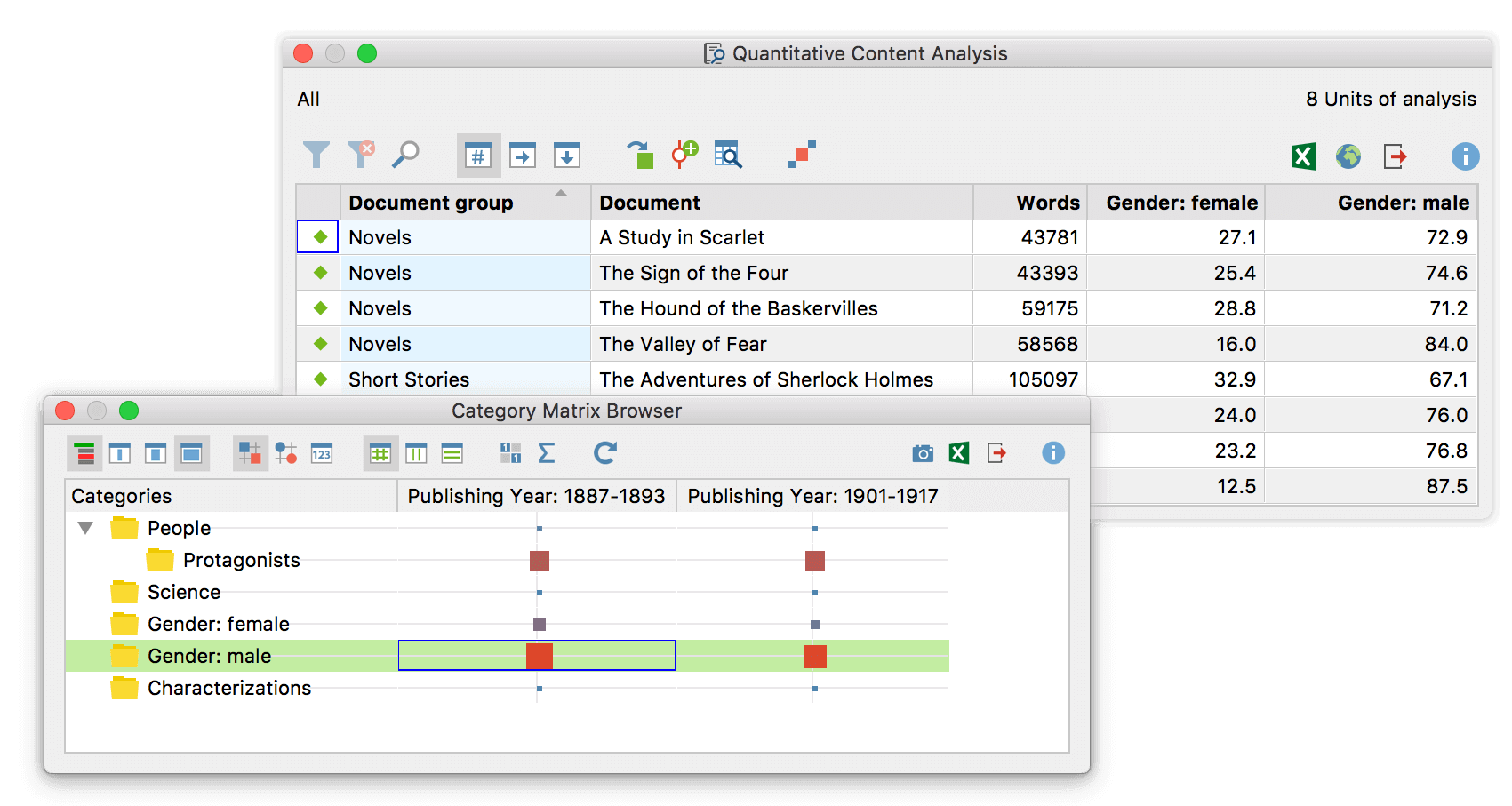 | Dictionary based Analysis: Analyse categoriesAnalyze the frequencies for entire dictionary categories. Use the Category Matrix Browser to visualize your findings. If you want to continue your analysis on another level, you can automatically code your categories and all your search terms or convert them into document variables. |
More functionsMAXDictio allows you to analyze Japanese texts, makes it easy to manage multiple stop and go-lists, and quickly creates a tag cloud for every piece of your material you are interested in. Every result table is interactive -jump to the original passage in the document browser with one click or drag-and-drop results from frequency tables into your dictionary. You can also code your search results with a new or existing code and include as much context inwords, sentences or paragraphs as you like. Or you can export your results as Excel or even as HTML files. |  |
